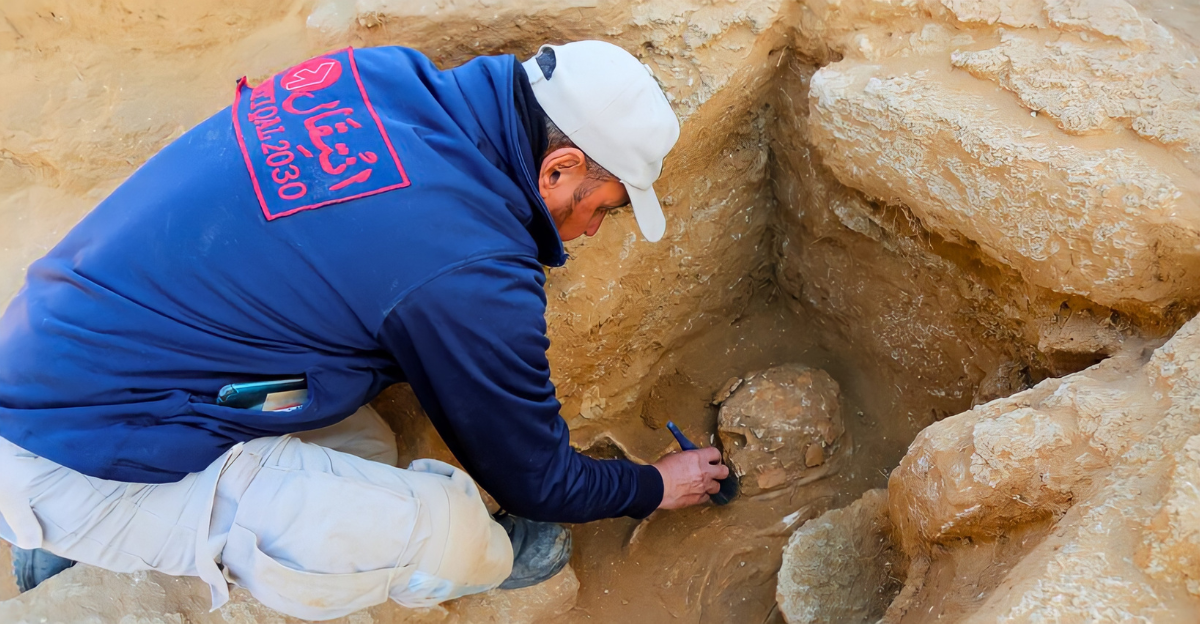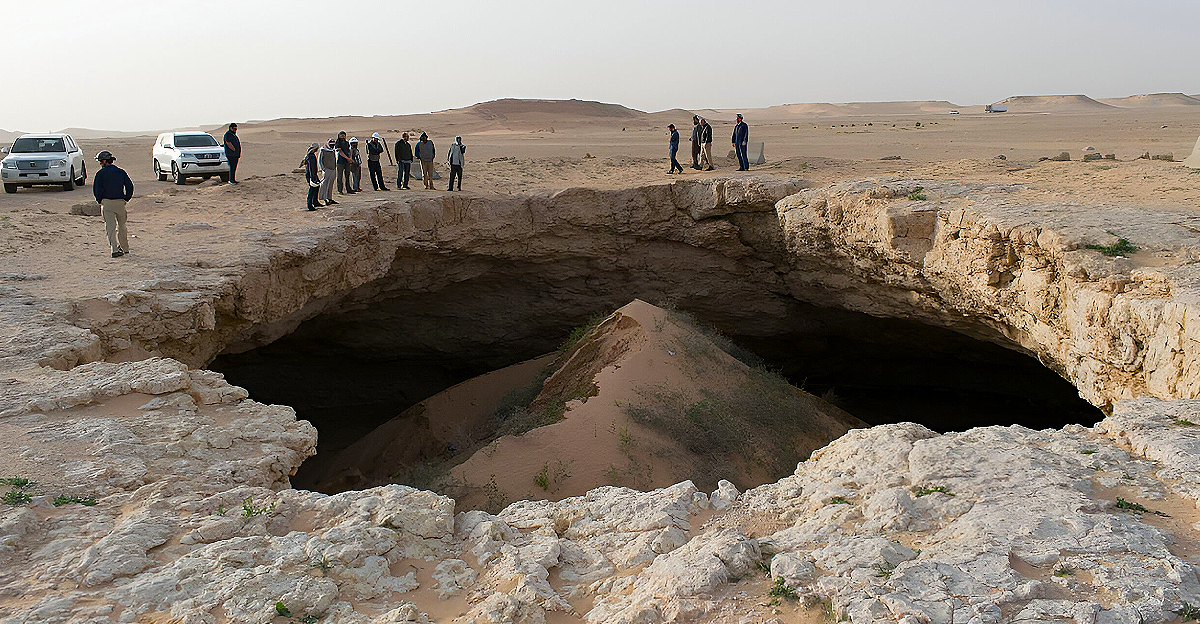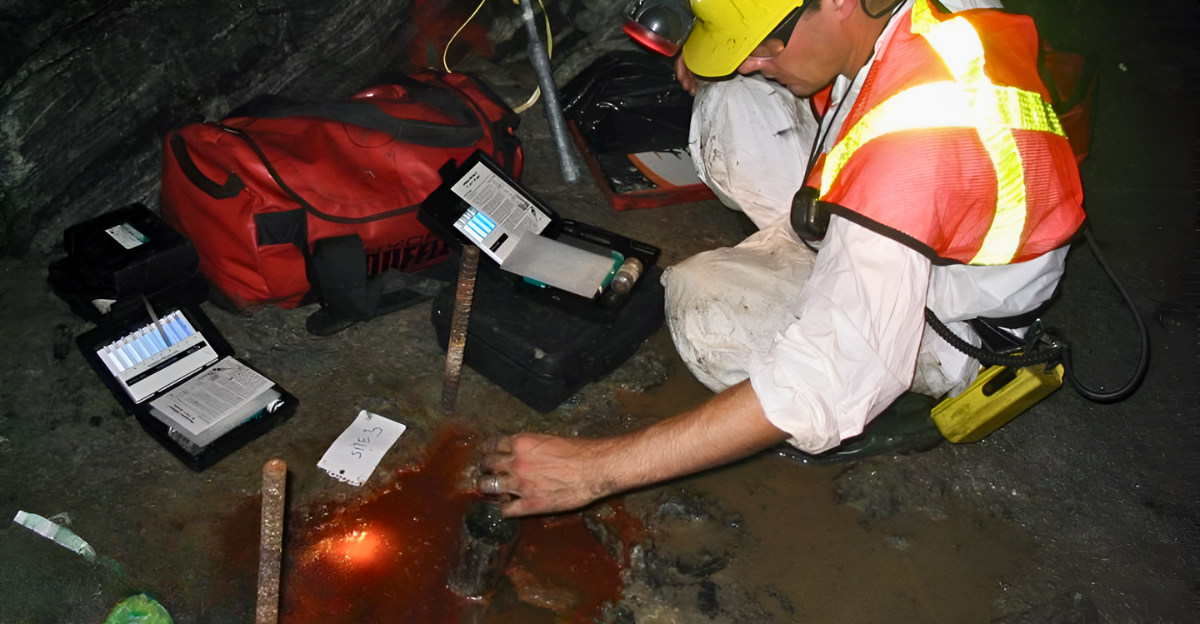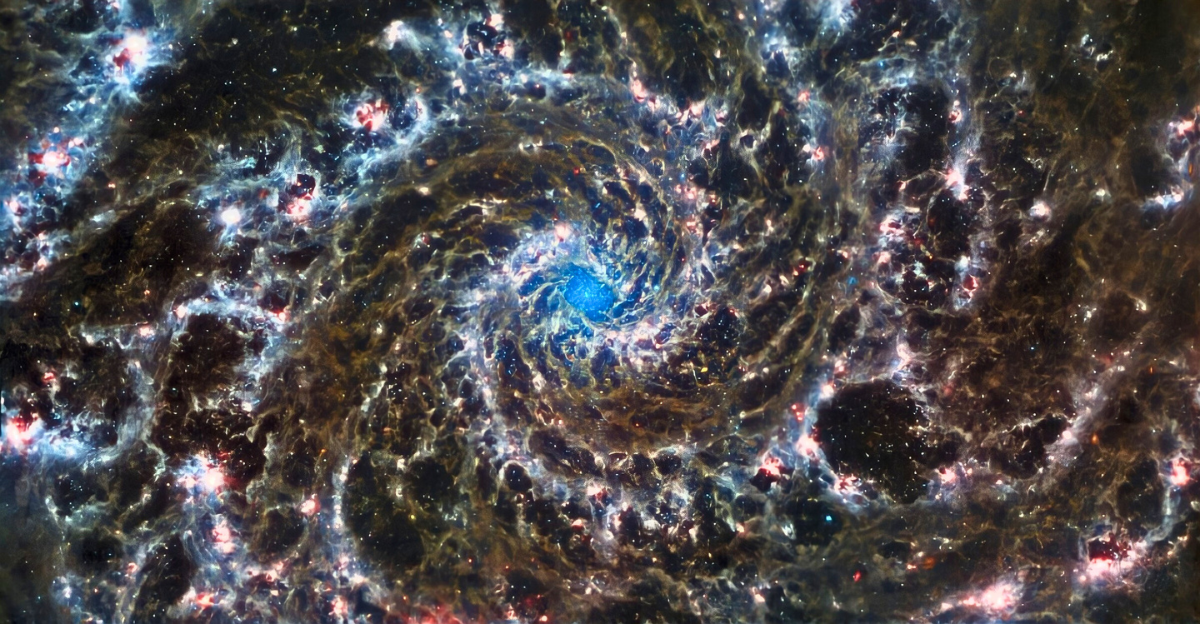
Scientists have discovered KiDS J0842+0059, a rare “fossil galaxy” that hasn’t changed much in over 7 billion years. This cosmic remnant has avoided significant interactions, maintaining its original structure, in contrast to the majority of galaxies formed by collisions and mergers. These galaxies act as immaculate time capsules that allow researchers to look directly into the circumstances and mechanisms that existed just after the universe was created.
One of the most fascinating laboratories in the universe is KiDS J0842+0059, which enables astrophysicists to examine its dynamics, star population, and composition as they might have existed during the early stages of the universe. These fossils provide information that helps us calibrate cosmic evolution models and explain why rare galaxies like this one have maintained their ancient identity while the majority have undergone such drastic evolution.
Looking for Artifacts
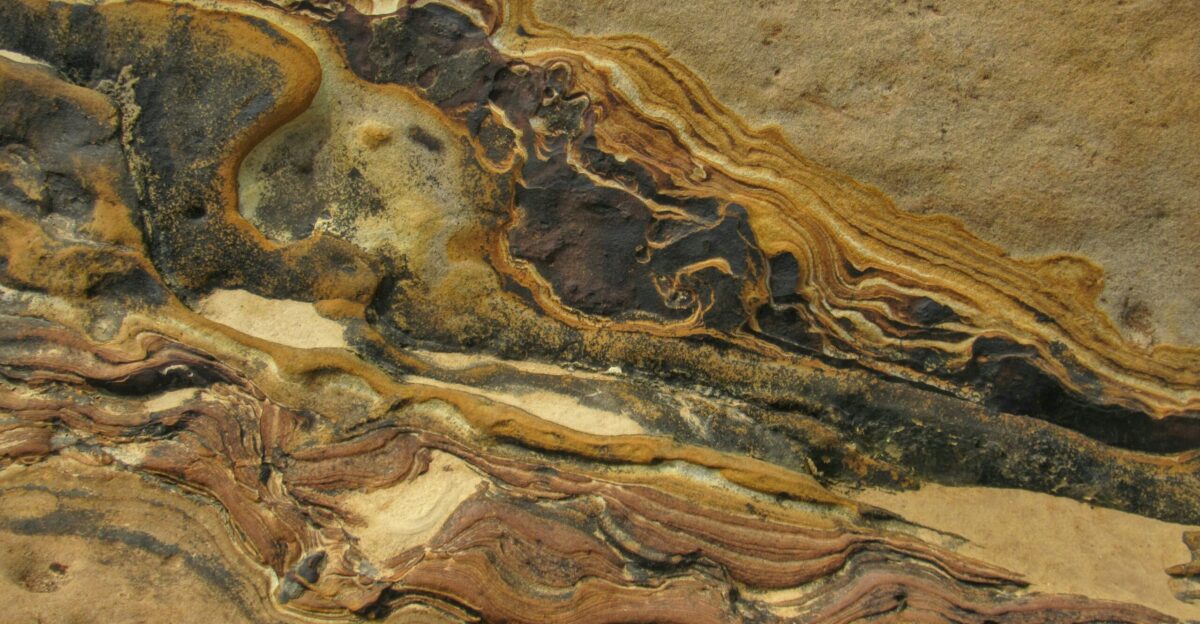
The idea of a fossil galaxy is neither novel nor fantastical. The possibility that the universe contains “untouched” galaxies, galaxies that have remained solitary and unaltered since their formation, has long been suspected by astronomers. With the advent of sophisticated telescopes like Hubble and the Large Binocular Telescope (LBT), which showed signs of galaxies defying predicted evolutionary paths, the search for these fossils intensified.
Astronomers improved observational methods, discovered more “red and dead” galaxies, and created statistical tools over decades to distinguish between systems that were genuinely ancient and unaltered and those that were only dormant following turbulent histories. An important turning point in this lineage has been reached with the discovery of KiDS J0842+0059, which combines decades of theoretical understanding and technical advancement to offer verifiable proof that these fossils still exist.
How Does a Fossil Galaxy Form?
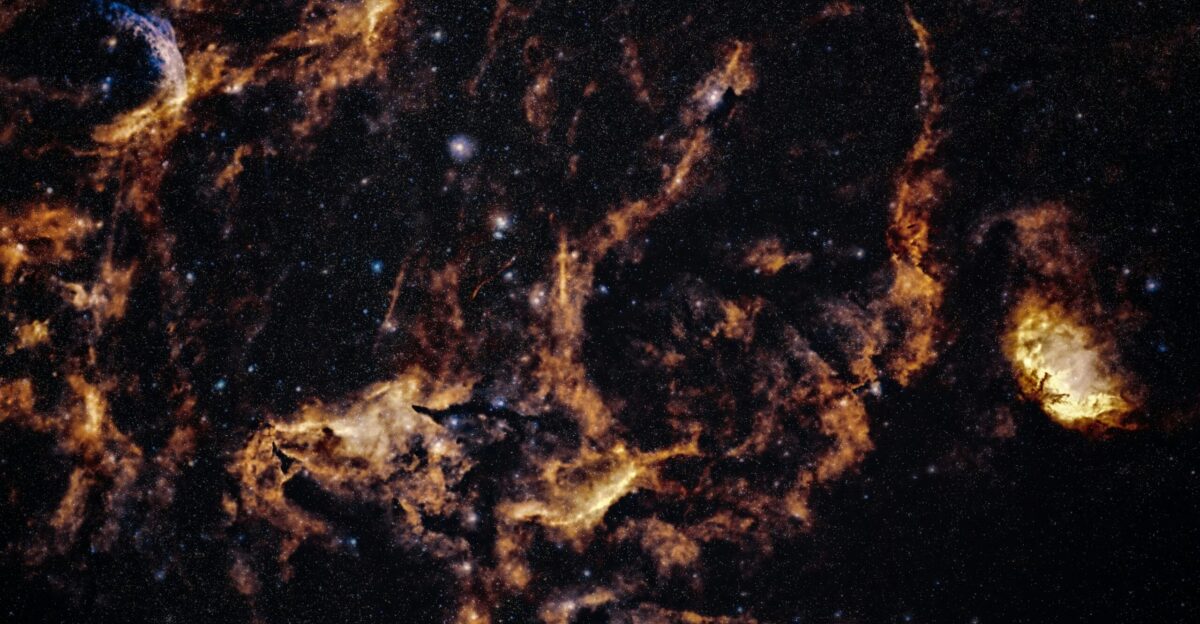
By avoiding the fate that most galaxies face—merging with neighbors and going through a dramatic reorganization—KiDS J0842+0059 was able to attain its fossil status. After an early star-forming explosion, it stopped suddenly and has been inactive and structurally stable for billions of years. Since almost all other massive galaxies have lost their original identities, this “frozen” state offers a unique, direct window onto the primordial universe.
Furthermore, their current state is closely linked to early starburst-driven formation epochs due to the absence of subsequent mergers or gravitational harassment. On the other hand, the origin stories of the majority of known galaxies are complicated by the fact that they have accumulated mass through innumerable interactions.
The Science of Stasis: Active Galaxies vs. Relics
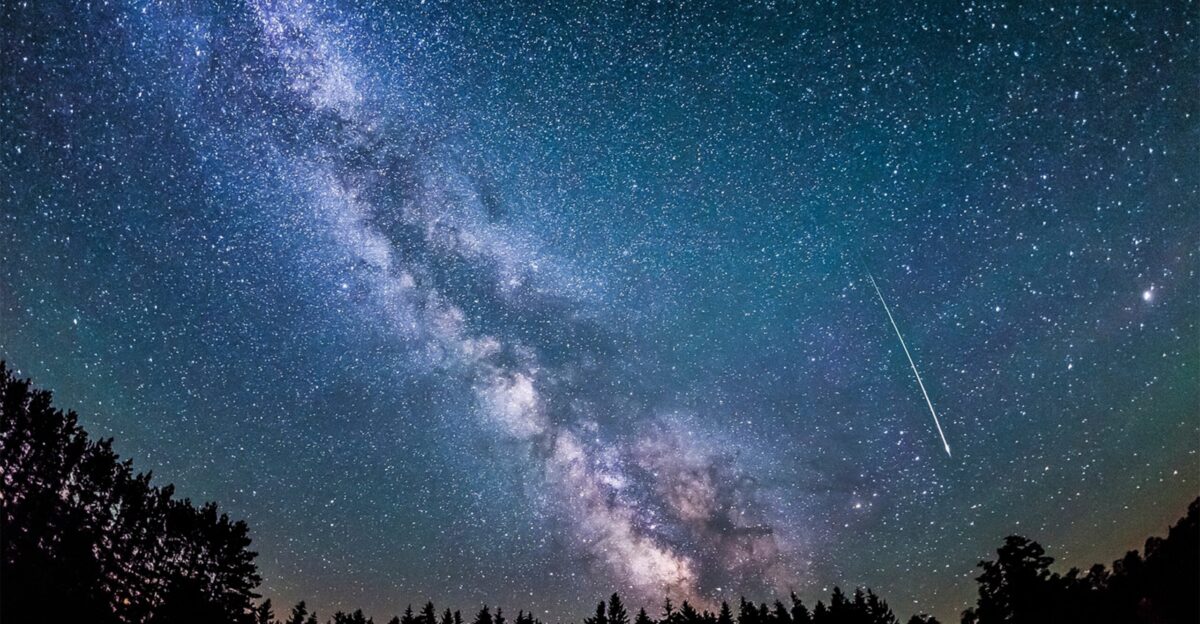
Collisions, gas inflows, and unrelenting star formation characterize the chaotic evolution of most galaxies, including our own Milky Way. Fossil galaxies, such as KiDS J0842+0059, have managed to avoid this turbulence. The possibility that some parts of the cosmos protected their inhabitants from the usual violence of the universe is raised by their discovery, which shows a glaring divergence in galactic destiny.
The cosmic survival strategy of fossil galaxies, however, was determined by their initial density, isolation, and possibly even unique dark matter configurations that shielded them from gravitational tides. Scientists can investigate the hidden factors that determine a galaxy’s fate, challenge presumptions regarding the “inevitability” of mergers, and more precisely define the range of possibilities in the early universe by comparing such wildly disparate evolutionary outcomes.
Technological Advancements: The Uncovering of Fossil Galaxies
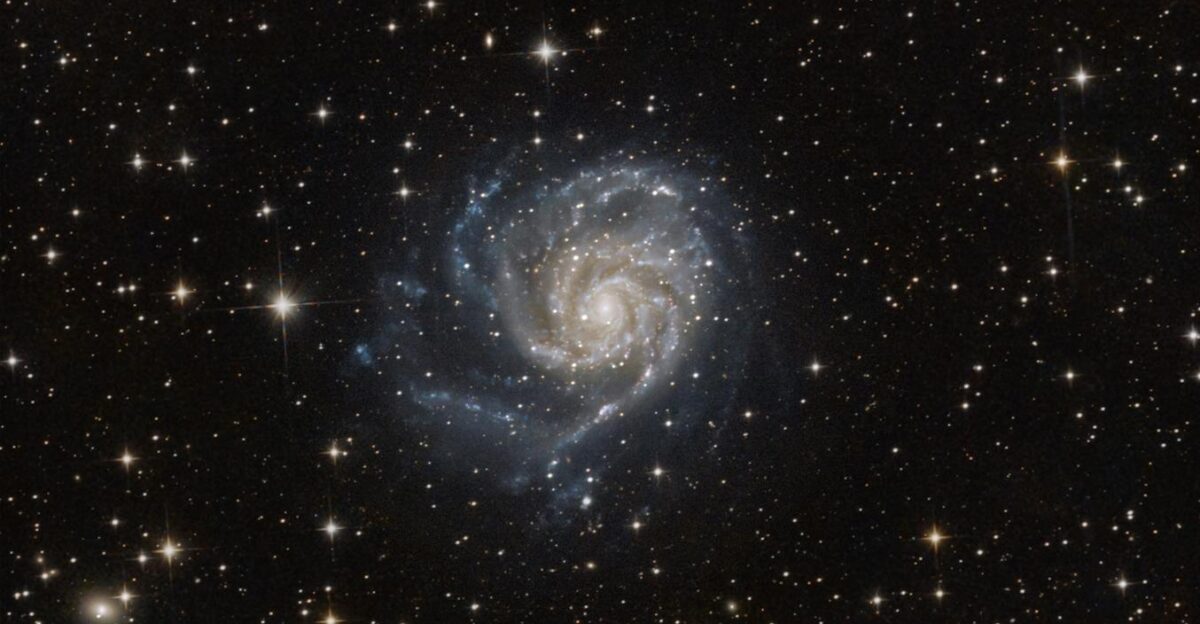
Only by combining cutting-edge technology with international cooperation was the breakthrough made possible. Deep, wide-field surveys were used to identify KiDS J0842+0059, and the LBT’s sharp images and spectra, as well as the Very Large Telescope’s (VLT) X-Shooter instrument, confirmed the identification. Astronomers were able to separate relics based on their mass, size, and spectral signatures by using high-resolution imaging to separate ancient light from cosmic background noise.
The enormous task of separating ancient, unexplored galaxies from the millions of more common or actively changing systems has been partially solved by the combined efforts of European and American research teams, assisted by enormous data processing resources.
Putting Conventional Wisdom to the Test: Contrarian Stories
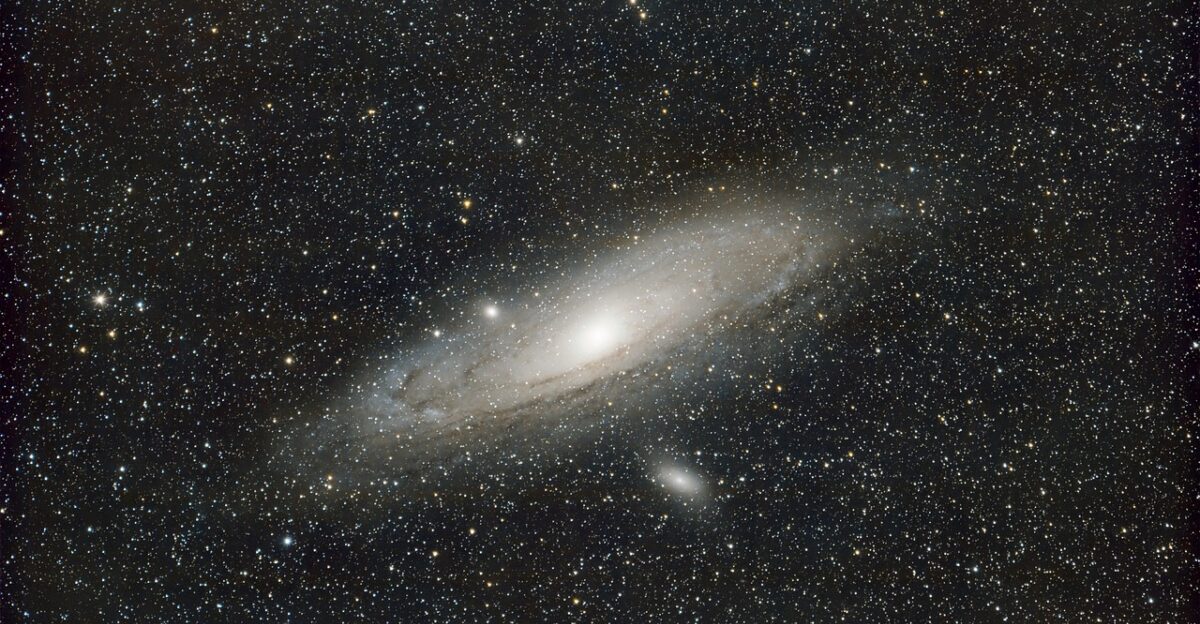
Mainstream cosmology, which holds that mergers and interactions are universal and inevitable, is subverted by the fossil galaxy story. This deterministic scheme is upset by the existence of KiDS J0842+0059, highlighting the diversity and randomness of the cosmos. While some contend that these galaxies are merely cosmic accidents, others interpret them as proof that there are environmental “niches” where galaxies escape their predicted destiny.
Such outliers often serve as the catalyst for paradigm shifts in scientific discourse, leading to the improvement or revision of fundamental models. For theorists, the story of KiDS J0842+0059 serves as a warning: nature frequently creates exceptions to assumed laws, and oversimplification can mask the complexity of reality. It also emphasizes the importance of counterexamples and the need for humility in the face of the cosmos’ uncertain story. (TV Geo)
Multidisciplinary Perspectives: Insights from Different Sciences

The idea of a fossil galaxy is reminiscent of methods used in forensic science, anthropology, and paleontology, using “frozen” artifacts to piece together the past. It also prompts technological analogies: primordial galaxies can inform models of cosmic development, just as old computer code or algorithms can inform contemporary cybersecurity. For industries that are obsessed with innovation, this is a strategic lesson: sometimes, stasis and preservation can teach us just as much.
By comparing the undisturbed properties of ancient galaxies with both current cosmic events and hypothetical future scenarios, analogous approaches can glean the most insight possible from these objects. Furthermore, “untouched” artifacts have long been prized by philosophers and artists as repositories of unadulterated meaning, serving as a reminder that understanding the past is more important than learning from ongoing disruption.
Could Fossil Galaxies Signify Something?
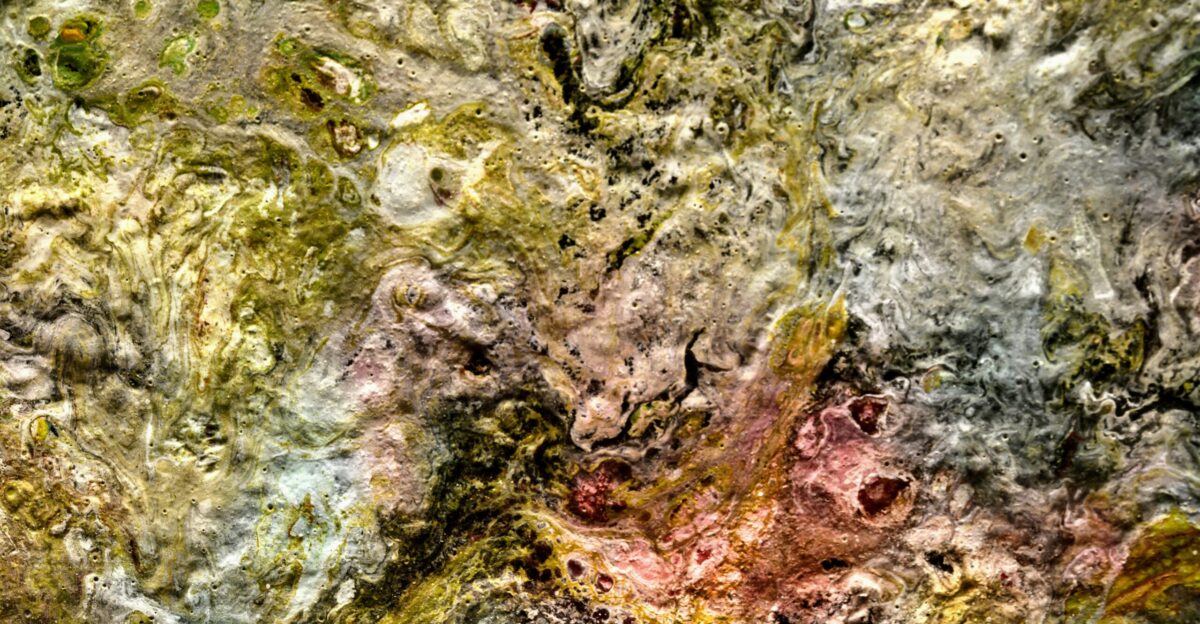
The existence of a sizable population of fossil galaxies could defy predictions about galaxy demographics and cosmological simulations. According to some theoretical models, relics such as KiDS J0842+0059 may contain information about the distribution of dark matter or the laws of physics governing cosmic expansion. These relics were stabilized against disruptive tidal forces by hypothesized mechanisms such as early density fluctuations, extreme isolation, or even unusual distributions of baryonic and non-baryonic matter.
Some have even gone so far as to suggest that fossil galaxies could act as “control groups” for cosmic evolution, providing benchmarks by which the impacts of mergers or AGN activity can be accurately measured. Even though these theories are still theoretical, they demonstrate the ability of such galactic fossils to force a fundamental reexamination of the laws governing the origin and development of our universe.
Consequences for All Frontiers
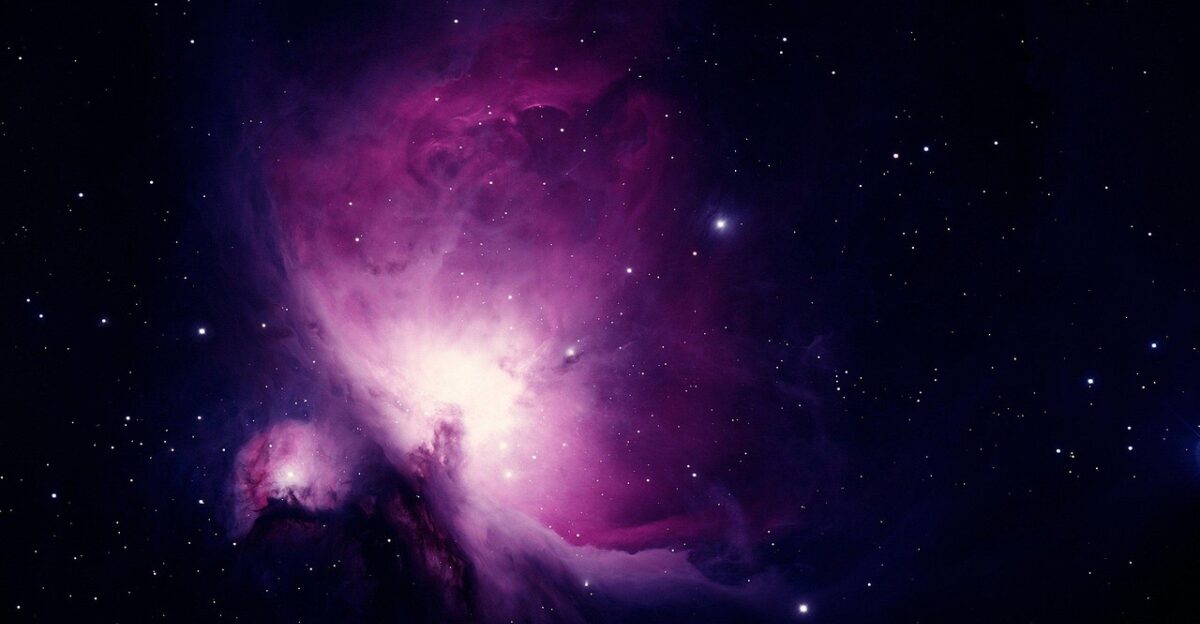
This finding has ramifications outside of astrophysics. By providing insight into stable, long-lived environments or aiding in the creation of timelines for cosmic events, a more profound comprehension of fossil galaxies could improve the hunt for habitable exoplanets. The wonder and perspective these cosmic fossils inspire may also have an impact on philosophy and psychology, forcing people to face the brittleness and erratic nature of life itself.
The understanding that our universe contains both pockets of profound stillness and constant change may alter how societies think about survival, progress, and permanence. Findings like KiDS J0842+0059 provide educational systems with priceless case studies of how scientific ideas are interconnected, while for policymakers, they justify additional funding for fundamental research and cutting-edge infrastructure.
Knowledge from Celestial Relics
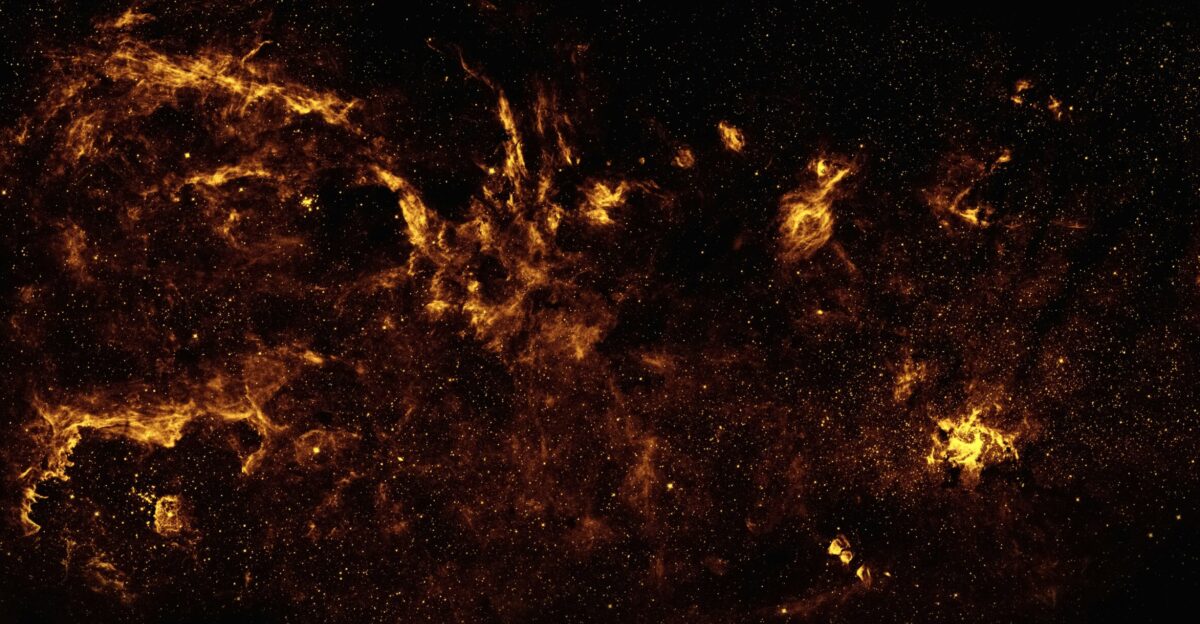
Refusing to accept cosmic inevitability is the first step in defending the importance of fossil galaxies. KiDS J0842+0059 demonstrates that preservation is not only feasible but also necessary to comprehend the beginnings of our universe. These uncommon survivors call for humility and intellectual curiosity in a universe that is frequently portrayed as chaotic and entropic.
Fossil galaxies challenge us to broaden our understanding of the universe’s history by recognizing that survivors, outliers, and the unlikely must all be taken into consideration. They maintain the integrity of our models, inspire new research, and ultimately deepen our understanding of the richness and diversity of the cosmos.

